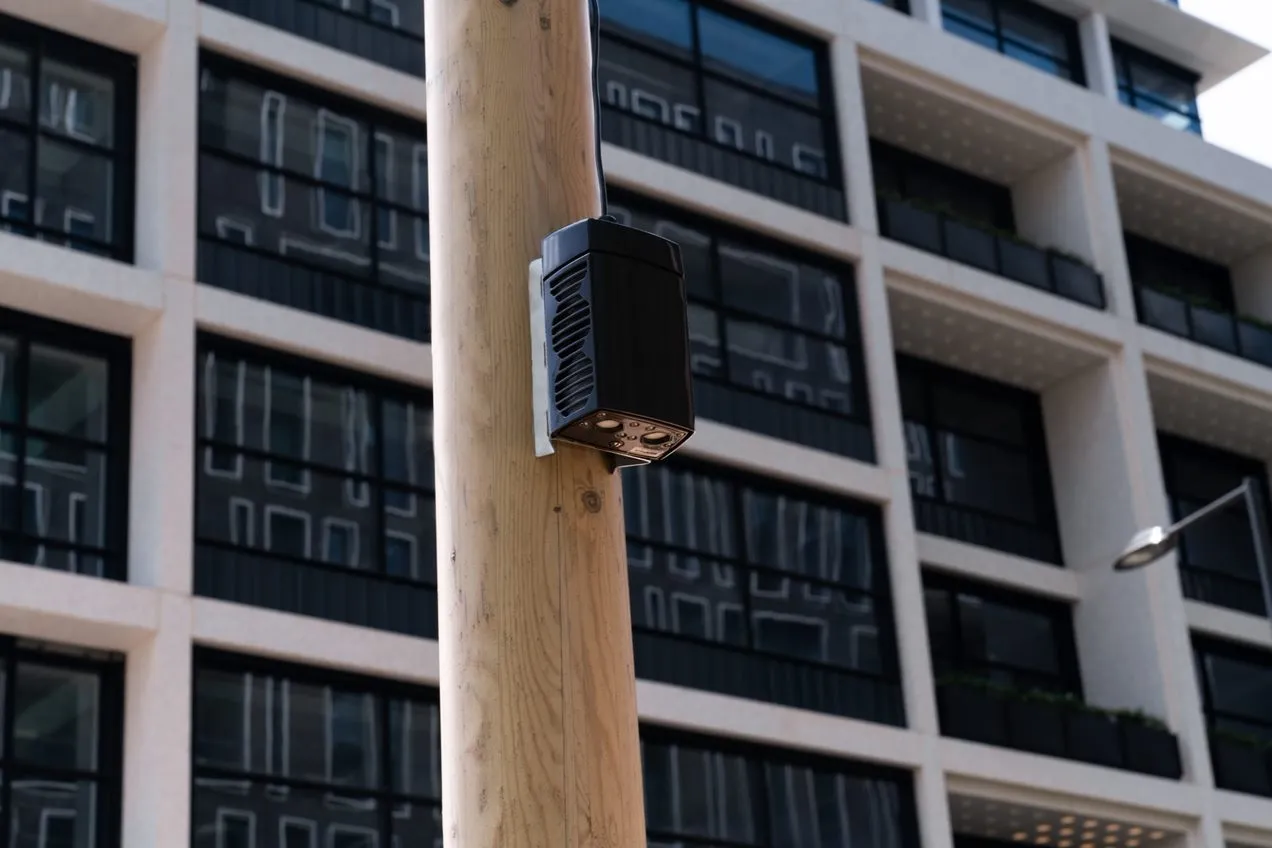One in every four passenger vehicles sold by 2025 is poised to feature digital instrument clusters, dedicated passenger infotainment systems, and integrated biometrics with bought-in device functionality, says Frost & Sullivan. Original equipment manufacturers (OEMs) are tackling the design of components that are in line with fast-changing technology trends and customer expectations.
“The luxury segment car of the future will have augmented reality HUD, OLED displays, interactive cabin doors and windows,
January 19, 2017
Read time: 3 mins
One in every four passenger vehicles sold by 2025 is poised to feature digital instrument clusters, dedicated passenger infotainment systems, and integrated biometrics with bought-in device functionality, says 2097 Frost & Sullivan. Original equipment manufacturers (OEMs) are tackling the design of components that are in line with fast-changing technology trends and customer expectations.
“The luxury segment car of the future will have augmented reality HUD, OLED displays, interactive cabin doors and windows, advanced biometrics, and ample infotainment for passengers,” said Frost & Sullivan intelligent mobility research analyst Joe Praveen Vijayakumar. “The mass-market car segment cockpit will have temperature-controlled seats, combined HUD, TFT LCD displays and substantial biometrics features for vehicle security, driver monitoring and health wellness and wellbeing."
One in every four passenger vehicles sold by 2025 is poised to feature digital instrument clusters, dedicated passenger infotainment systems, and integrated biometrics with bought-in device functionality, says Frost & Sullivan. Original equipment manufacturers (OEMs) are tackling the design of components that are in line with fast-changing technology trends and customer expectations.
“The luxury segment car of the future will have , Augmented Reality HUD, OLED Display’s, interactive cabin doors and windows, advanced biometrics, and ample infotainment for passengers,” said Frost & Sullivan intelligent mobility research analyst Joe Praveen Vijayakumar. “The mass-market car segment cockpit will have temperature-controlled seats, Combiner HUD, TFT LCD displays and substantial biometrics features for vehicle security, driver monitoring and health wellness and wellbeing."
According to the research report, Cockpit and Cabin Strategies of Automakers, 2016-2025, advances in technology will influence every component of the cockpit, ushering in an era of new travel experience, dedicated instrument clusters and infotainment screens.
Leading players have adopted a variety of strategies to gain market share and competitive advantage. Corning has developed a light-diffusing fibre, which is an alternative to separately weaving light-emitting diode into interior fabrics for ambient lighting. Philips is developing a solar-powered, organic, light-emitting diode fitted transparent car roof in partnership with BASF. Faurecia is working on an active wellness seating system that uses sensors to detect heart rate and breathing patterns.764 Johnson Controls is developing sensor- and camera-driven, self-adjusting seats. 6328 Harman is working on creating two audio zones within the car using advanced noise-cancellation technology.
“Biometrics will be an integral part of cockpits and cabins of the future, and OEMs and suppliers should pursue partnerships with innovative biometric companies or fund relevant nascent start-ups,” noted Praveen. “Research and development expenditure should focus on growth areas such as heads-up displays, human-machine interface (HMI), and fully digital instrument clusters,” says Vijayakumar.
“The luxury segment car of the future will have augmented reality HUD, OLED displays, interactive cabin doors and windows, advanced biometrics, and ample infotainment for passengers,” said Frost & Sullivan intelligent mobility research analyst Joe Praveen Vijayakumar. “The mass-market car segment cockpit will have temperature-controlled seats, combined HUD, TFT LCD displays and substantial biometrics features for vehicle security, driver monitoring and health wellness and wellbeing."
One in every four passenger vehicles sold by 2025 is poised to feature digital instrument clusters, dedicated passenger infotainment systems, and integrated biometrics with bought-in device functionality, says Frost & Sullivan. Original equipment manufacturers (OEMs) are tackling the design of components that are in line with fast-changing technology trends and customer expectations.
“The luxury segment car of the future will have , Augmented Reality HUD, OLED Display’s, interactive cabin doors and windows, advanced biometrics, and ample infotainment for passengers,” said Frost & Sullivan intelligent mobility research analyst Joe Praveen Vijayakumar. “The mass-market car segment cockpit will have temperature-controlled seats, Combiner HUD, TFT LCD displays and substantial biometrics features for vehicle security, driver monitoring and health wellness and wellbeing."
According to the research report, Cockpit and Cabin Strategies of Automakers, 2016-2025, advances in technology will influence every component of the cockpit, ushering in an era of new travel experience, dedicated instrument clusters and infotainment screens.
Leading players have adopted a variety of strategies to gain market share and competitive advantage. Corning has developed a light-diffusing fibre, which is an alternative to separately weaving light-emitting diode into interior fabrics for ambient lighting. Philips is developing a solar-powered, organic, light-emitting diode fitted transparent car roof in partnership with BASF. Faurecia is working on an active wellness seating system that uses sensors to detect heart rate and breathing patterns.
“Biometrics will be an integral part of cockpits and cabins of the future, and OEMs and suppliers should pursue partnerships with innovative biometric companies or fund relevant nascent start-ups,” noted Praveen. “Research and development expenditure should focus on growth areas such as heads-up displays, human-machine interface (HMI), and fully digital instrument clusters,” says Vijayakumar.








